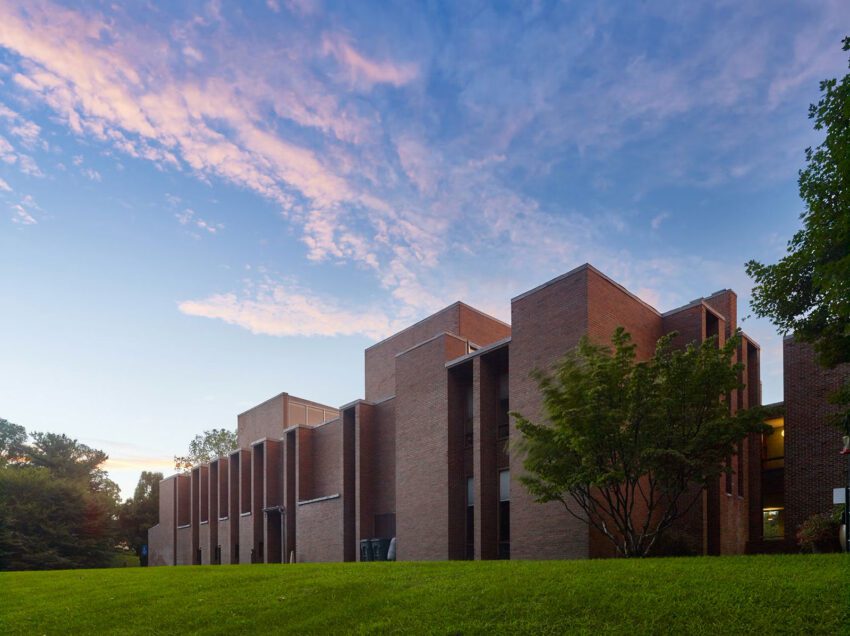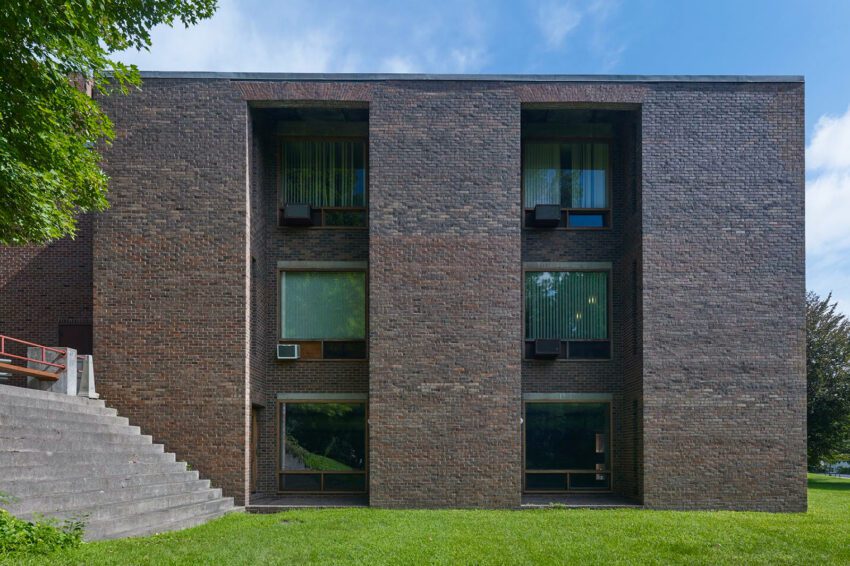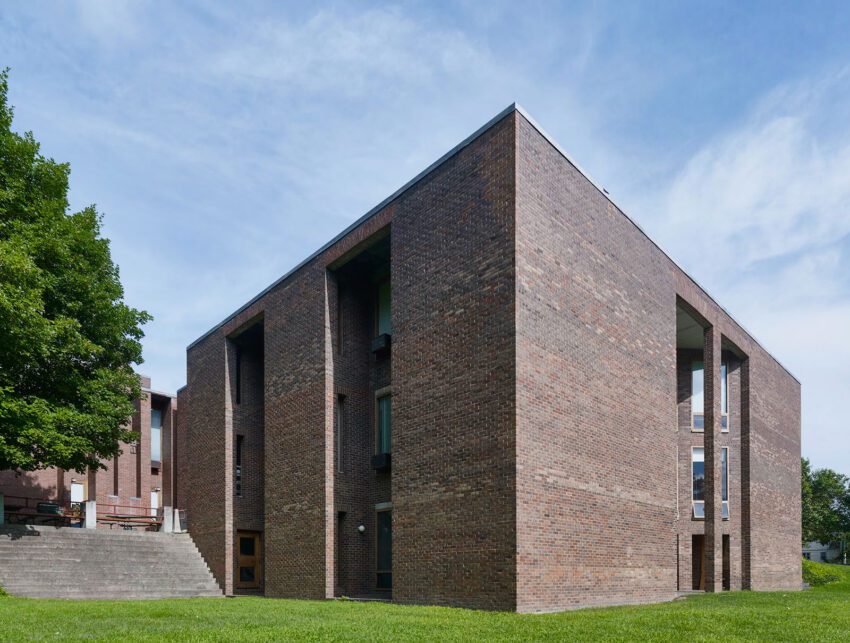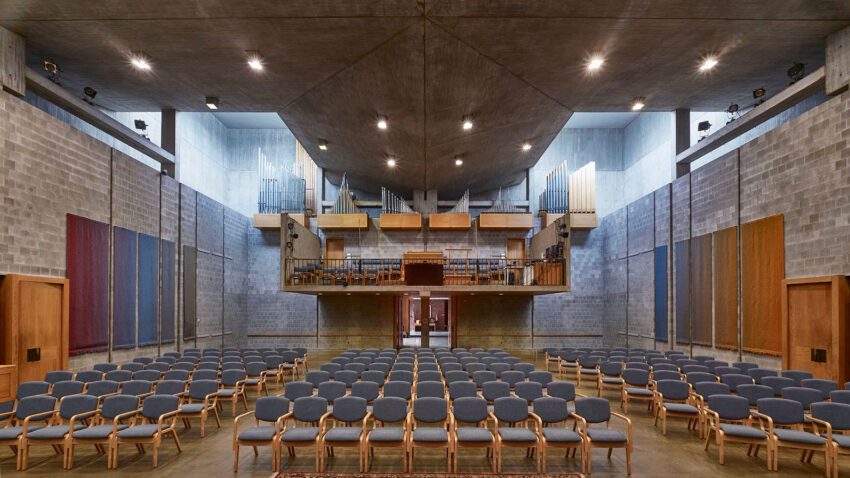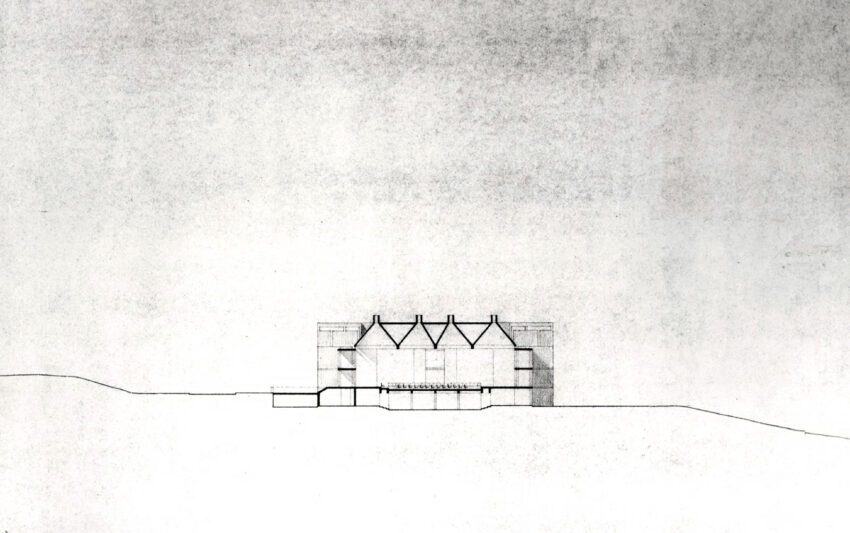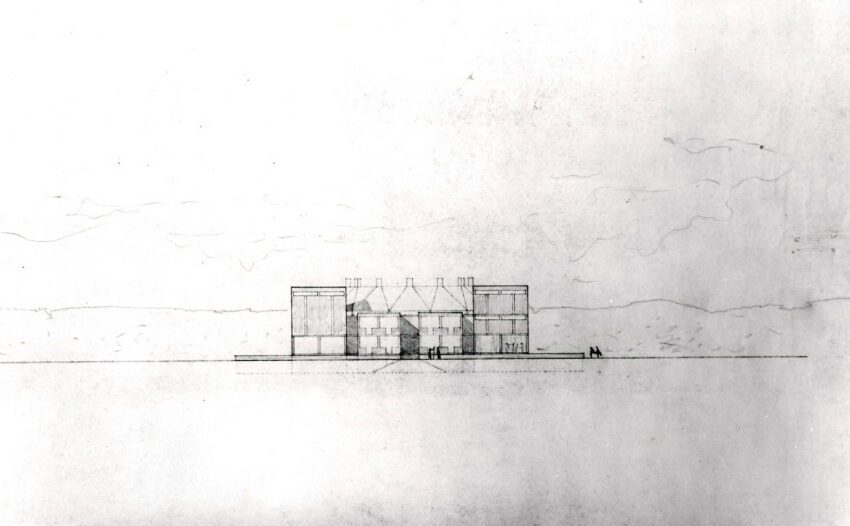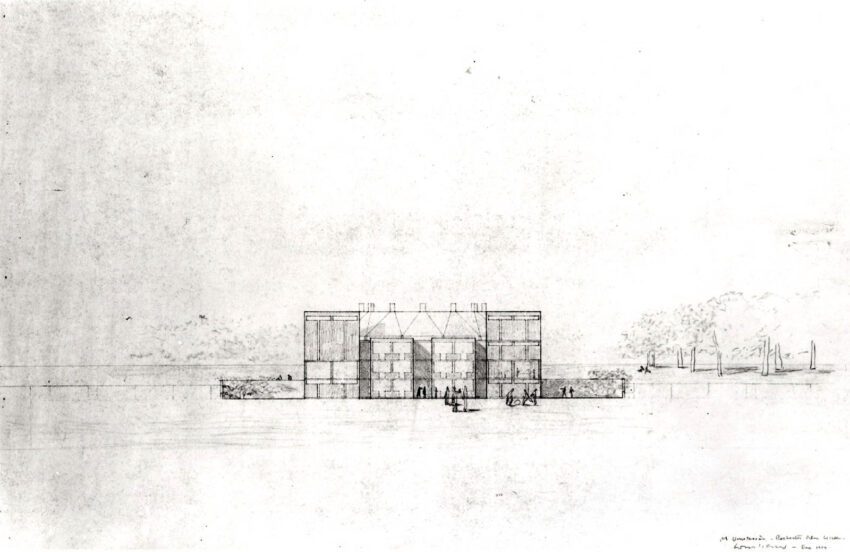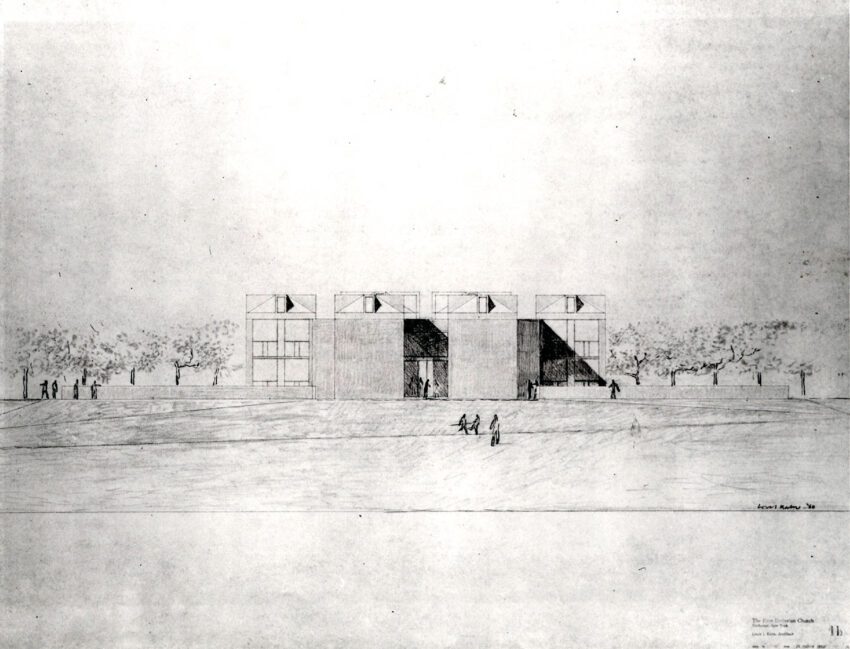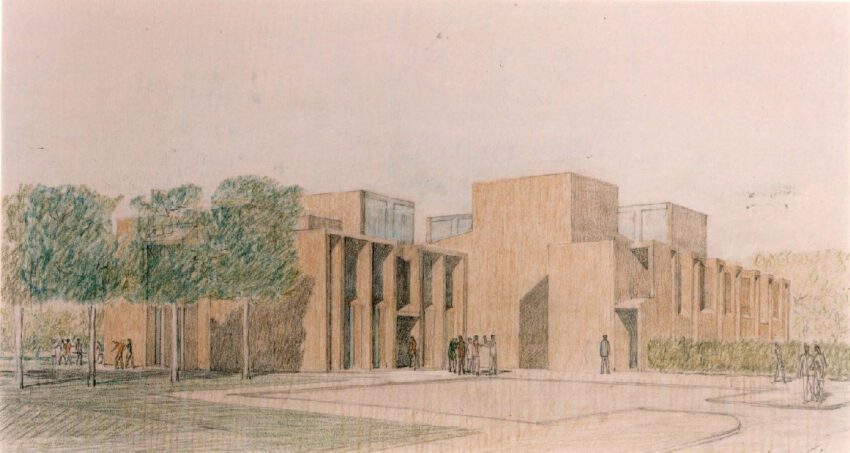The mid-twentieth century saw a seismic shift in the architectural world, with the rise of Modernism replacing the classical, ornamented designs of previous eras. Amidst the bright minds that forged this new architectural path was Louis I. Kahn, a prominent architect celebrated for his monumental and thoughtfully designed buildings. One of his less recognized but equally influential works is the First Unitarian Church of Rochester in New York, a testament to Kahn’s deep understanding of human interaction with space and light.
The First Unitarian Church Technical Information
- Architects: Louis Kahn
- Location: 220 S. Winton Road., Rochester, New York, USA
- Topics: Modernism, Brick Buildings, Sacred Spaces
- Site Area: 8 Acres
- Project Year: 1962-1969
- Photographs: © Cemal Emden
A room is not a room without natural light.
– Louis Kahn1-2
The First Unitarian Church Photographs
The First Unitarian Church of Rochester: Transcendental Modernism
The First Unitarian Church of Rochester, designed in 1959 and completed in 1962, is a prime example of Kahn’s unique design sensibilities. Situated in Rochester, New York, the church was commissioned as a space for worship, community interaction, and spiritual reflection.
In conceptualizing the church, Kahn’s design bore two primary structures: the church itself and an accompanying religious school. They were connected through a series of gardens and courtyards, enhancing the spiritual and communal nature of the space. The church’s external facade was created using bare brick and concrete, exuding a monolithic and timeless character, a hallmark of Kahn’s architectural style.
The most striking aspect of the First Unitarian Church is its manipulation of light. The church’s interior space is subtly illuminated through a unique clerestory window system that, despite its concealed design, floods the space with natural light. The effect is a soft, indirect light that subtly reveals the texture of the exposed brick walls, setting a serene and contemplative atmosphere within the building.
The spatial configuration of the church, like many of Kahn’s works, was defined by a series of interconnected geometric forms. The central worship space is octagonal, surrounded by triangular spaces accommodating the ancillary functions of the church, such as the choir and the organ. The inherent flexibility of this design allowed the central space to be utilized for a variety of congregational needs, showcasing Kahn’s keen understanding of multi-functional spaces.
Moreover, Kahn’s ingenious incorporation of acoustics in the design was a highlight. The architectural form of the church was designed to allow sound to travel organically, enhancing the acoustic experience during sermons and musical performances.
While the First Unitarian Church of Rochester was not Kahn’s largest or most celebrated work, it marked a significant moment in his career. It was during this period that Kahn was honing his style and began integrating the themes that would define his later works, including the Salk Institute and the Kimbell Art Museum. The church’s design embodied the critical principles that Kahn held dear – the seamless integration of space, light, and function; the understanding of the building as a collection of served and servant spaces; and the primacy of human experience within architecture.
However, the church was also indicative of Kahn’s evolving ideas about community spaces. In an era when many architects were grappling with how to design large communal buildings, the First Unitarian Church of Rochester illustrated Kahn’s thoughtful approach. He saw the church not merely as a place for religious worship but as a hub for community interaction. By integrating both the church and the school with gardens and courtyards, Kahn reinforced the notion of the building as a social nexus. This understanding of architecture as a facilitator of human interaction has since become a standard design principle, largely due to Kahn’s pioneering work.

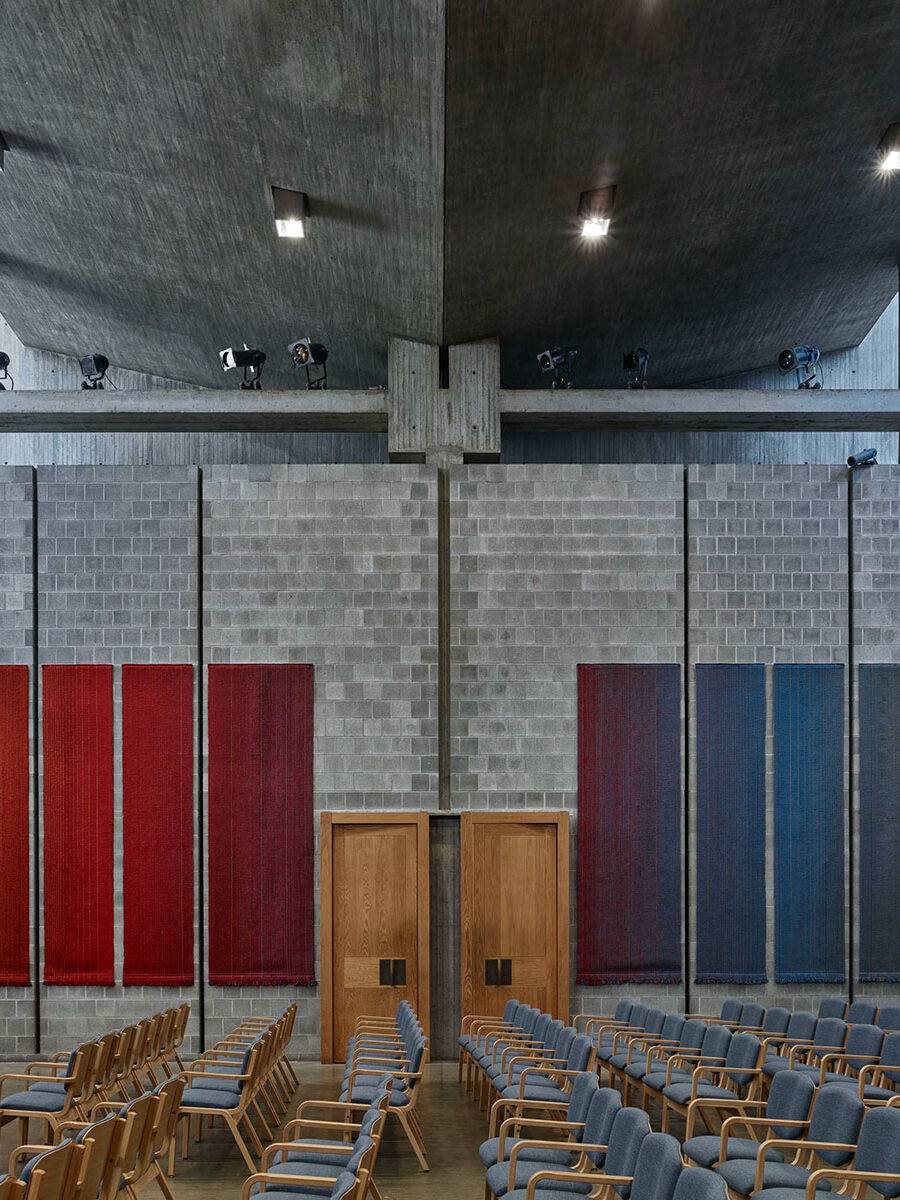
In the years since its completion, the First Unitarian Church of Rochester has become an iconic part of the Rochester cityscape. It stands as an enduring testament to Kahn’s unique architectural style and his ability to create spaces that are simultaneously functional, aesthetically appealing, and spiritually inspiring. Despite changes in architectural trends and styles, the church remains a relevant and compelling example of modernist design.
Several important architectural elements in the church demonstrate Kahn’s profound understanding of the psychological and spiritual needs of the building’s users. For instance, the carefully orchestrated entry sequence, from the expansive exterior space to the intimate interior, serves to prepare the visitor emotionally and psychologically for the sacred experience within. Similarly, the church’s delicate illumination, a result of the carefully planned clerestory windows, creates a contemplative atmosphere, enhancing the spiritual quality of the space.
Furthermore, the First Unitarian Church of Rochester exemplifies Kahn’s commitment to using simple materials to their full potential. The raw brick and concrete, devoid of any ostentatious ornamentation, highlight Kahn’s belief in the inherent beauty of materials. This approach is in line with the tenets of modernism, which advocate for the honest expression of materials.
Perhaps what makes the First Unitarian Church of Rochester so significant within Kahn’s body of work and within the larger architectural discourse is its embodiment of Kahn’s architectural philosophy. Kahn once stated:
A great building must begin with the unmeasurable, must go through measurable means when it is being designed, and in the end must be unmeasurable.
– Louis Kahn2
This philosophy is clearly illustrated in the church. The unmeasurable – the spiritual, communal, and psychological needs of the users – were given importance during the design process. The measurable – the geometrical forms, the spatial organization, the use of light and materials – were carefully manipulated to create a functional and beautiful building. And in the end, the building is indeed unmeasurable, as it transcends its physical attributes to become a spiritual and community center.
Louis Kahn’s First Unitarian Church of Rochester is an exemplar of his innovative design philosophy and his transformative impact on modernist architecture. It is a monument that captures the essence of Kahn’s architectural vision, embodying the synthesis of form, function, and spirituality. Despite being overshadowed by his larger works, the church holds its ground as a pivotal piece in understanding Kahn’s architectural journey.
The First Unitarian Church Plans
The First Unitarian Church Image Gallery


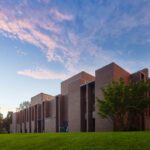
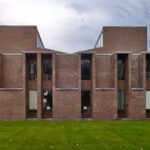
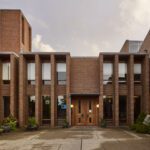
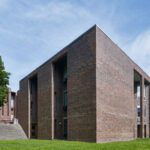
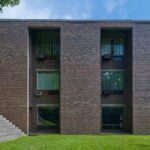
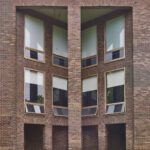
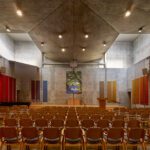



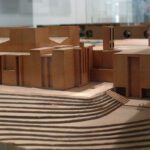
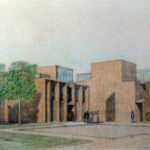
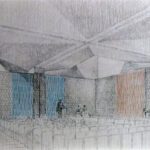
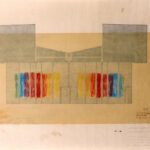
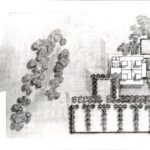
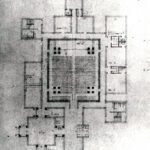
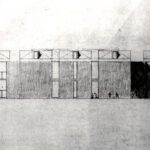

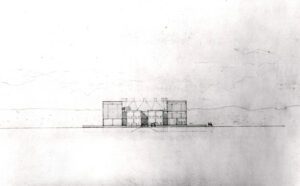



About Louis Kahn
Louis Isadore Kahn (1901–1974) was an American architect and educator renowned for his profound contributions to 20th-century architecture. Born in Pärnu, Estonia (then part of the Russian Empire), Kahn and his family immigrated to the United States during his childhood. His architectural style is characterized by monumentality, thoughtful design, innovative integration of natural light, and the use of robust materials like brick and concrete. His works often featured a combination of geometric forms and shapes to create inspiring spaces. Among his most iconic works are the Richards Medical Research Laboratories at the University of Pennsylvania, the Salk Institute in La Jolla, California, the Kimbell Art Museum in Fort Worth, Texas, the National Assembly Building in Dhaka, Bangladesh, and the Yale University Art Gallery in New Haven, Connecticut. Beyond his built works, Kahn’s architectural philosophies significantly influenced the field of architecture.
- The quote reflects Kahn’s unique approach to integrating natural light within his designs. In the First Unitarian Church of Rochester, he incorporated a unique clerestory window system that allowed for soft, indirect light to illuminate the interior, creating a serene and contemplative atmosphere. This thoughtful engagement with natural light is a defining feature of Kahn’s architectural philosophy.
- Louis Kahn: Architecture as Philosophy by John Lobell

